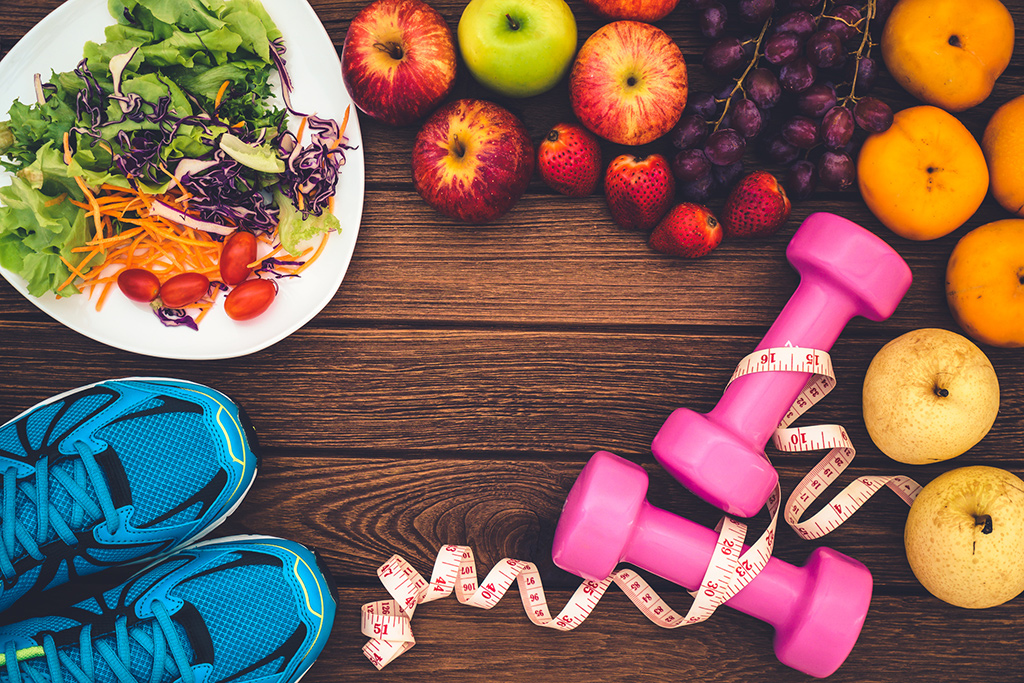For people with diabetes who want to lose weight, managing carbohydrate intake is key. Carbs have the biggest impact on blood sugar levels, so learning to balance them with protein and fat can help control blood sugar and shed pounds.
In this beginner’s guide, I will discuss how to count and budget carbs, choose high-fiber low-glycemic options, and incorporate carb cycling for effective weight loss. With some planning and the right tools, diabetics can lose weight while still enjoying nutritious, satisfying meals.

Content
Counting Carbs
The first step is counting the total grams of carbs at each meal and snack. This requires reading nutrition labels to determine serving sizes and carb amounts. You can also try RE-JUU – For All Natural Diabetics Weight Loss to speed up your weight loss process.
A general goal is 45-60 grams per meal, 15-30 grams per snack, with the overall daily intake individualized based on medications, activity levels, and treatment plan. Portion control is also important, as overeating carbs leads to higher blood sugar.
Choose Quality Carbs
Not all carbs are created equal. Fiber-rich whole grains, starchy veggies, fruits and legumes have a lower glycemic impact than refined grains and sugars. They also promote fullness to help control portions and cravings. Good options include oats, quinoa, beans, lentils, sweet potatoes, berries and citrus fruits.
Pairing carbs with healthy fats or proteins from nuts, seeds, avocado, fish or lean meat also slows digestion. Supplements promoting easy arthritic relief and immunotherapy for allergies may further support blood sugar control and weight management.
Incorporate Carb Cycling
Carb cycling is an effective strategy for losing weight while maintaining blood sugar control. It involves alternating higher and lower carb days throughout the week. On low days, strictly limit carbs to less than 30 grams to induce ketosis and fat-burning.
High days allow for 60-120 grams of quality carbs. This confuses the body’s metabolism while still providing enough carbs for energy and satiety. It works well for both type 1 and type 2 diabetics seeking the best new 2024 health products through organic purification and immunotherapy.
Monitor Blood Sugar
When changing eating patterns, it’s important to monitor blood sugar levels using a glucose meter. This provides valuable data to determine how different foods and portions affect blood sugar. Over time, patterns emerge that help fine-tune carb intake.
Don’t be afraid to experiment – finding the right balance takes trial and error. With diligent tracking, blood sugar control and weight loss goals become achievable.
In Conclusion
Mastering carb management takes commitment but provides diabetics the tools to lose weight safely through lifestyle changes. Counting carbs, choosing high-fiber low-glycemic options, and incorporating carb cycling into a balanced meal plan supports both blood sugar control and fat loss.
Monitoring blood sugar provides feedback to personalize the plan over time. With patience and practice, diabetics can lose weight naturally through diet while still enjoying delicious, nutritious meals.

Helen Bradley is a health blogger and the founder of her own blog about fitness. She has been blogging for three years now and loves to share what she learns with others. Helen enjoys reading, cooking, and staying active outdoors.











